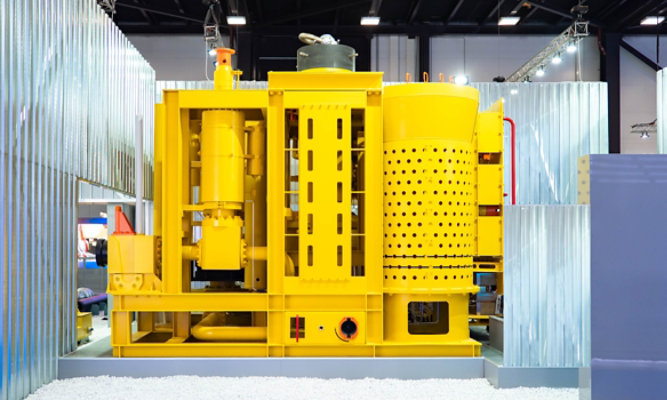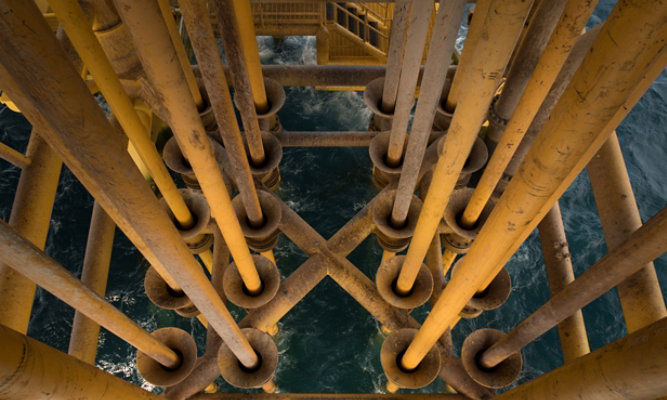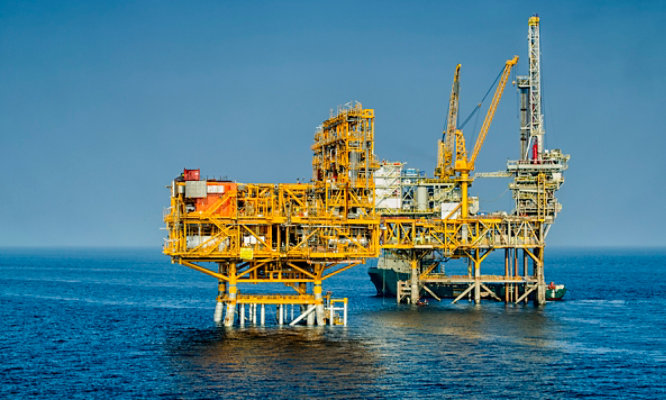Testing Hydrogen's Energy Future
Hydrogen Has Potential to Become Significant Factor as Power Source of the Future
by Dr. Jeff Rogozinski, Global Product Director – Fusion Bonded Epoxy/Pipe, Sherwin-Williams Protective & Marine
This article originally appeared in Market Pulse: Advancements in Coatings Technology, Vol. 2.

MARKET PULSE | ASK THE EXPERT
What does the future hold for hydrogen as an energy source?
ROGOZINSKI: As the world doubles down on decarbonizing energy sources, hydrogen has the potential to become a significant factor as a syngas (synthesis gas) and power source of the future. Yet, how much it will contribute to tomorrow’s energy needs remains to be seen. That’s mainly because we don’t yet know if hydrogen can be safely transported long distances via pipelines. If it can, hydrogen will almost certainly play a complementary role alongside hydrocarbon-based fuels.
Why is pipeline transportation a concern?
Transportation pipelines face a unique threat related to how hydrogen interacts with steel. In direct contact, hydrogen will eventually diffuse to metal grain boundaries within the steel, causing the metal to lose ductility and strength. Known as hydrogen embrittlement, this phenomenon can cause steel pipes to crack and fracture at stresses less than their yield strength, presenting serious safety concerns, particularly at pipeline weld joints.
Is there any way to stop hydrogen embrittlement?
The ideal way to combat it is to separate the hydrogen from the steel by lining transportation pipelines with protective barrier coatings. However, some coatings may not effectively prevent the gas, with its tiny molecular structure, from penetrating through their coating matrices. Hydrogen can then reach the steel pipeline substrate and advance embrittlement.
How do you know if a lining will work for hydrogen service?
Unfortunately, we don’t know which linings will work best today — or if any will work at all — because no standard test method exists to confirm that a coating system can effectively block hydrogen from reaching a steel substrate. Fortunately, this information gap may soon be closed via a new testing protocol that’s in early development. If approved by qualified industry associations, the testing method will help to confirm which coatings can enable the widespread use of pipelines to transport hydrogen.
What would the test method entail?
Multiple third-party labs and the Sherwin-Williams Material Science Research Group have codeveloped a proposed test method — based on protocols from leading associations — to verify a coating’s resistance to hydrogen embrittlement in service. The proposed test uses cylindrical specimens made from high-strength carbon steel that’s prone to hydrogen embrittlement. Technicians measure the yield strength, ultimate tensile strength, percent of elongation and percent of reduction of area of specimens exposed to a specific concentration of hydrogen gas in an autoclave over an extended time.
The pressure and temperature conditions are meant to induce hydrogen embrittlement and resultant strain cracking on the specimens. Examining differences between uncoated and coated specimens reveals how well the coatings withstood the hydrogen exposure. Any coatings that perform well have the potential to be used to combat hydrogen embrittlement on pipe interiors and girth welds.
What coatings may be feasible for hydrogen service?
While the industry has to wait for an approved standardized test method to determine a coating’s barrier properties against hydrogen embrittlement, epoxies with unique flake-like fillers are likely candidates. The flakes create a lamellar, platelike barrier that reduces the diffusion of chemical moieties all the way through the coating matrix. When applied to pipe exteriors, the coatings keep moisture from reaching the steel substrate. Testing will determine if they also prevent hydrogen molecules from permeating through coated pipe interiors. With the creation of such a barrier, the hydrogen will have a more tortured pathway to reach the pipe’s interior steel substrate and therefore minimize the potential for hydrogen embrittlement. Furthermore, coatings embedded with zinc or micaceous iron oxide (MIO) may also be potential candidates.
ABOUT THE AUTHOR
With more than 30 years’ experience in coatings and academia, Dr. Jeff Rogozinski is responsible for developing protective coatings, powder coatings, resins and additives for the oil and gas, pipeline, and bridge and highway markets. He holds a doctorate in applied science for polymer and composite chemistry. Contact: Jeffrey.Rogozinski@sherwin.com
Discover More
Industry Expertise and Innovation
See how we help customers find customized solutions for their project and application challenges.
Our Oil & Gas Expertise
Explore our industry solutions and technology to help protect your assets.
LEARN MOREProduct Lookup
Find out more about our innovative coatings for a variety of industries.
FIND A PRODUCT

